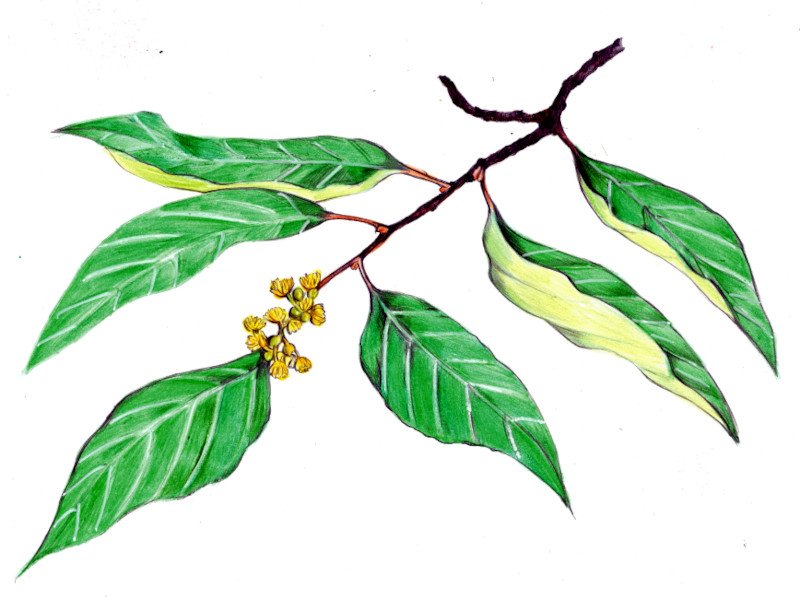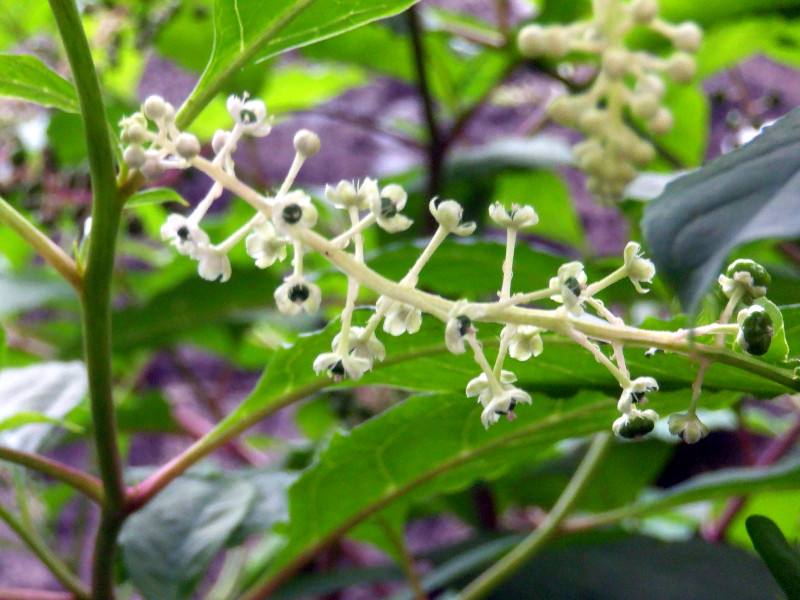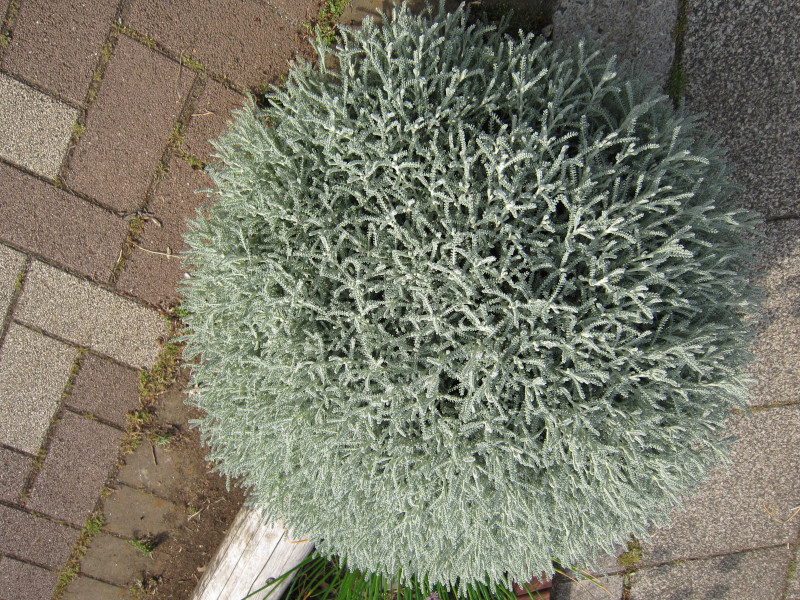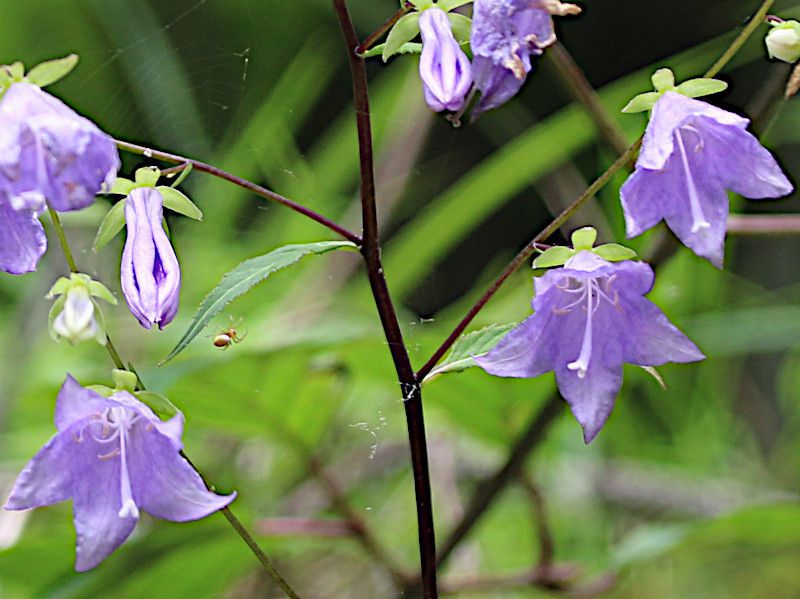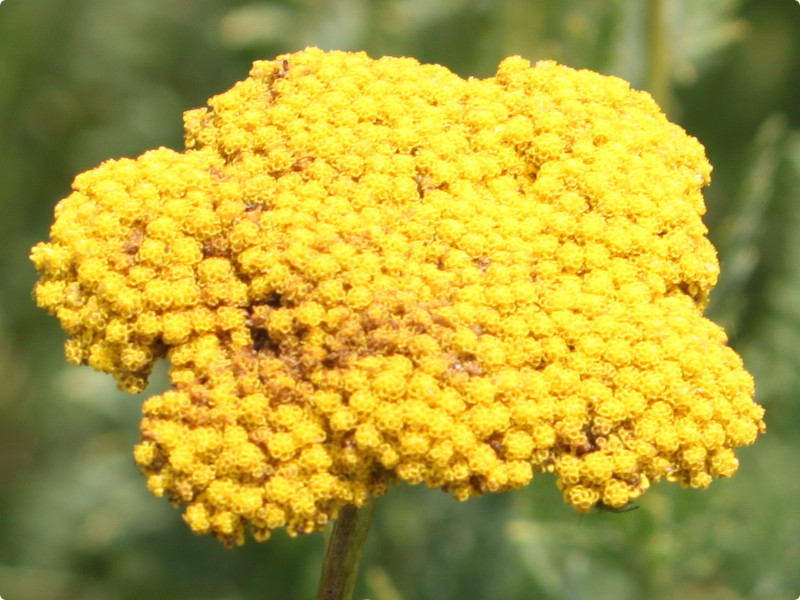Berchemia berchemiaefolia
Camellia cultivars
- Flower nameBerchemia berchemiaefolia
- Scientific nameBerchemia berchemiaefolia
- AliasYokoguranoki tree, エイノキ, 横倉木, よこぐらのき, 横倉の木
- Place of originJapan, China, and the Korean Peninsula
- Place of floweringSubtropical region
- Flowering seasonJune
What is Berchemia berchemiaefolia
Berchemia berchemiaefolia or Yokoguranoki tree(Scientific name: Berchemia berchemiaefolia)is a deciduous broad-leaved tree of the family Rhamnaceae, native to Japan, China, and the Korean Peninsula. It grows naturally along cliffs and mountain streams in Tohoku Miyagi Prefecture and southward, Shikoku and Kyushu. It is also known as the einoki tree or the yokoguranoki tree in English.
The tree is 3-15 m tall and stands erect. The bark is grayish-black and corky with irregular vertical cracks. The young branches are reddish-brown, hairless, and have conspicuous bark. The leaves, which are attached to the ends of the short petioles, are thin and papery, hairless on both sides. The front side of the leaf is dark green and turns yellow in sunlight. The underside of the leaf is whitish with prominent veins. The leaves are 6 to 10 cm long, 3 to 5 cm wide, oblong-ovate, and acutely pointed. The leaf margins are entire and wavy. The leaves grow alternately on the branches. In June, small concentrated inflorescences grow at the ends of short petioles, and small yellow to yellow-green flowers are produced from the tips of branches and leaf axils. After the flowers are finished, the plant produces oblong oval kernels about 0.8 cm long that start out green, turn yellow, red, and ripen to dark red. It is used as a park tree.
Origin of the name
It is named after Dr. Tomitaro Makino, who discovered it in 1884 at Yokogurayama in Ochi-cho, Kochi Prefecture. The genus name "Berchemia" is a dedication to the Dutch botanist Dr. Berhout von Berchemia, and the species name "berchemiae" is derived from "berchemia (Dr. Berchemia, bear willow family)" + the Latin word "folia (leaf, leaf)".
Common name: Berchemia berchemiaefolia, Scientific name: Berchemia berchemiaefolia , aka: Yokoguranoki tre , origin: Japan, China, Korean Peninsula, habitat distribution: Tohoku Miyagi Prefecture and southwards, Shikoku and Kyushu, distribution: mountain forests and Habitat: mountain forests and forest margins; habitat: limestone cliffs and along mountain streams; height: 3-15 m; form: erect; bark: grayish black with corky, irregular vertical striations; young branches: reddish brown, hairless + prominent bark; petiole: 0.6-1 cm; leaf texture: thin papery, hairless on both sides; leaf color: (front) green to yellow; (back) whitish, with prominent veins; leaf shape Leaf shape: oblong-oval, acuminate; leaf length: 6-10 cm; leaf width: 3-5 cm; leaf margin: entire, wavy; inflorescence: alternate; inflorescence form: small clustered inflorescences at the tip of short peduncles; flowering season: June; flower color: yellow to yellowish green; corolla diameter: 0.3 cm; fruit type: kernel; fruit shape: oblong-oval; fruit length: 0.7-0.8 cm; fruit diameter: 0.5 mm Fruit shape: oblong-oval, fruit length: 0.7-0.8 cm, fruit diameter: 0.7 cm, fruit color: green to yellow to red to dark red (ripening), uses: park tree.
